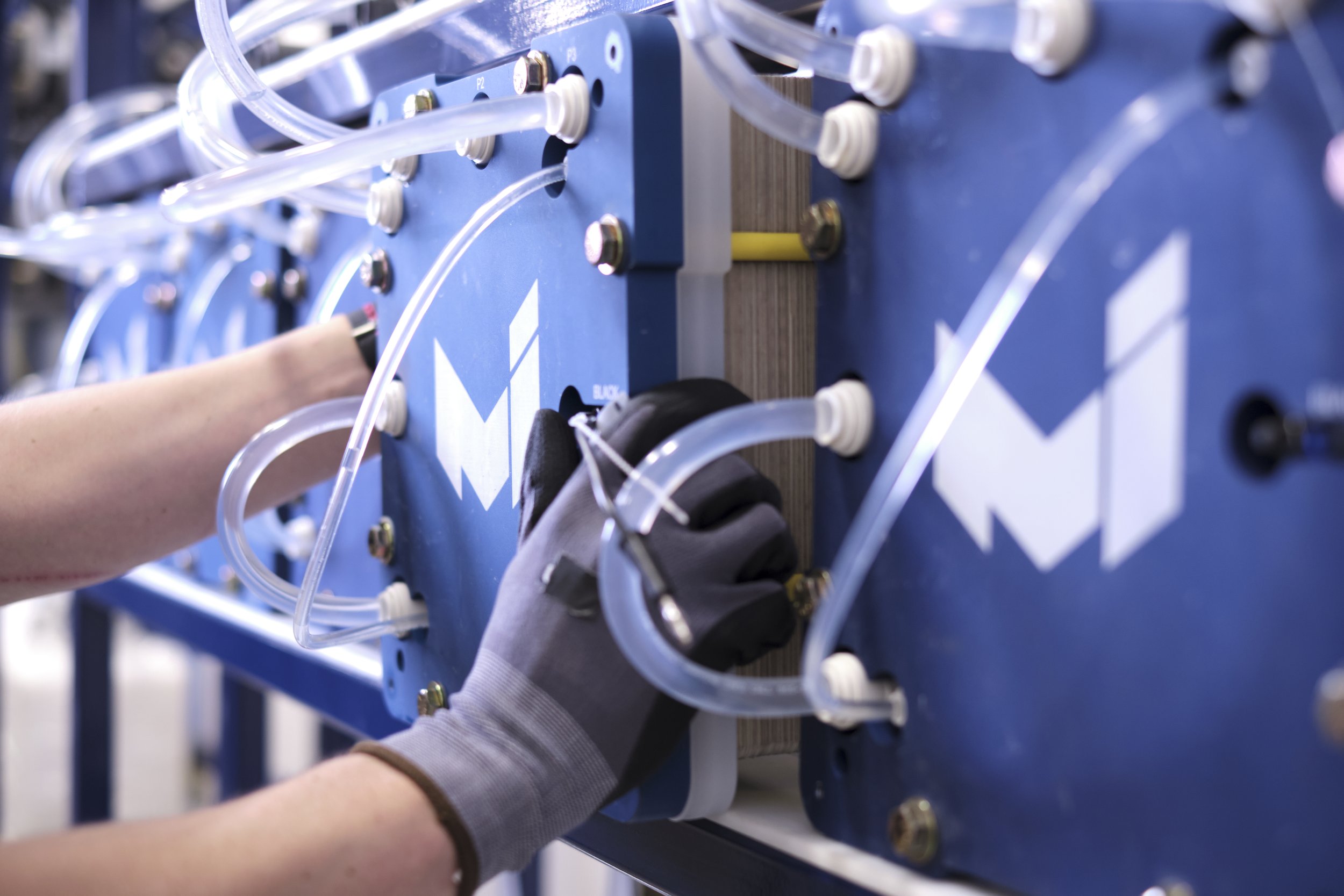Top 3 Best Practices
Enhancing Your Brand’s Visual Impact
In the world of B2B marketing, photography isn’t just about aesthetics; it’s a crucial element of your brand’s identity. To make the most of your visual content, focusing on authenticity, consistency, and quality is essential. Here’s a closer look at these top three best practices for B2B photography and how they can elevate your brand’s visual presence.
Authentic Over Perfection
In an age where audiences crave genuine connections, authenticity in photography is more important than ever. Candid shots that capture real moments, rather than overly staged or polished images, resonate more deeply with viewers. Authentic photos help to build trust and relatability, showcasing the human side of your business. Whether it’s a snapshot of your team in action or a behind-the-scenes look at your operations, authenticity allows your audience to connect with your brand on a personal level.
Why It Matters: Authentic images foster trust and engagement, making your brand appear more approachable and transparent.
How to Implement: Encourage natural interactions during photo shoots. Capture employees working, collaborating, or simply being themselves. Avoid overly posed setups and focus on real-life scenarios that reflect your company’s culture and values.
Authenticity
•
Consistency
•
Quality
•
Authenticity • Consistency • Quality •
Consistent Branding
Consistency is key to building a strong brand identity. Your photography should align with your brand’s visual style, including color schemes, tone, and overall aesthetics. Consistent branding helps to reinforce your company’s image and ensures that your visual content supports your brand’s message across all platforms.
Why It Matters: Consistent visuals create a cohesive brand presence, making your company more recognizable and memorable to your audience.
How to Implement: Develop a style guide that outlines your brand’s visual elements. Ensure that all photos adhere to this guide, from color palettes and lighting to composition and image treatment. This consistency helps in creating a unified and professional appearance across all marketing materials.
High-Quality Visuals
The quality of your images speaks volumes about your brand’s professionalism. High-resolution photos with proper lighting and attention to detail convey a sense of quality and expertise. Investing in high-quality visuals not only enhances the aesthetic appeal of your content but also reflects positively on your brand’s image.
Why It Matters: High-quality visuals enhance your brand’s credibility and make a strong impression. Poor-quality images can undermine your professionalism and deter potential clients.
How to Implement: Invest in high-resolution equipment or hire professional photographers. Pay attention to lighting, composition, and editing to ensure that your photos are crisp, clear, and visually appealing. Regularly review and update your visual assets to maintain high standards.
By prioritizing authenticity, consistency, and quality in your product imagery, you can significantly enhance your brand’s visual impact. Authentic images build trust, consistent branding reinforces your identity, and high-quality visuals reflect professionalism. Implement these best practices to create compelling and effective visual content that resonates with your audience and strengthens your brand’s presence in the market.












From cave paintings to TikToks, visual storytelling has always shaped how we communicate. In marketing, the shift from static images to dynamic, immersive content has transformed how brands connect with audiences. Today, businesses that leverage high-quality photography, video, and interactive media don’t just capture attention—they build trust and drive engagement.
At Harp Visual Media, we’ve seen firsthand how the right visuals can elevate a brand’s message. Want to stay ahead in an ever-changing digital landscape? It’s time to rethink how you tell your story.